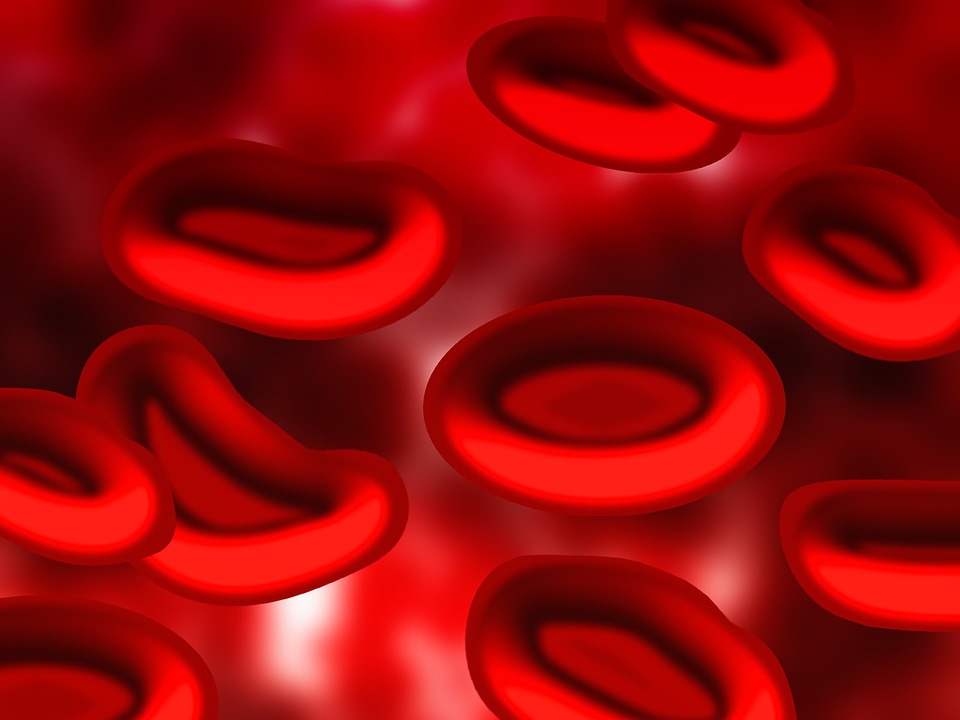New technique for reducing blood sugar levels
May 10, 2017 | Wednesday | News
It is a fully biocompatible smart system that responds, when needed, to normalize glucose levels in the blood.
Researchers from North Carolina State University and the University of North Carolina at Chapel Hill have developed a new technique that uses modified insulin and red blood cells to create a glucose-responsive "smart" insulin delivery system.
The researchers modified insulin by chemically binding it to a glucose derivative called glucosamine. The glucosamine could then bind to glucose transporters on the surface of a red blood cell, effectively attaching the insulin to the blood cell. The end result is a red blood cell studded with insulin molecules.
Once in the bloodstream, the blood cells carrying insulin interact with their environment. If glucose levels are high, glucose molecules effectively displace the glucosamine in the blood cells' glucose transporters. And when the glucosamine is set free from the blood cell, so is the insulin.
The insulin can then bind to insulin receptors in the liver, muscles and fatty tissues, triggering a process that reduces glucose levels in the blood.
It is a fully biocompatible smart system that responds, when needed, to normalize glucose levels in the blood.
The team will further evaluate the long-term biocompatibility of the modified insulin system in an animal model before determining whether to move to clinical trials.
The vision, if realized, would be one of the most exciting advances in diabetes care.










